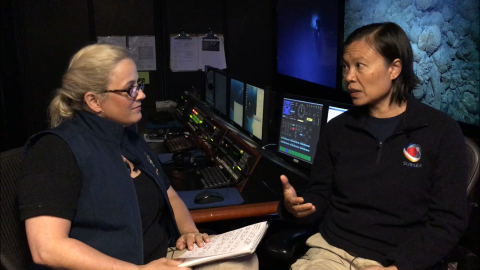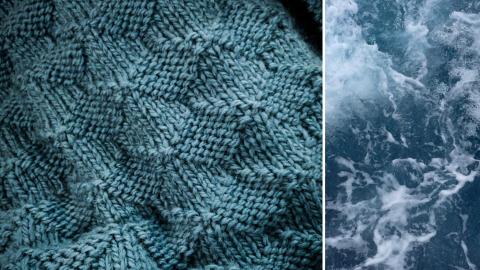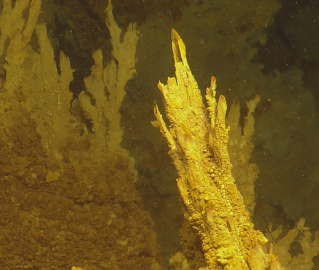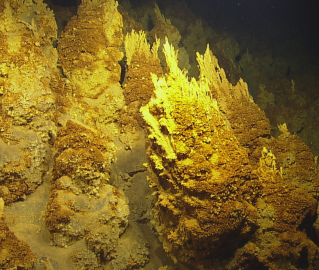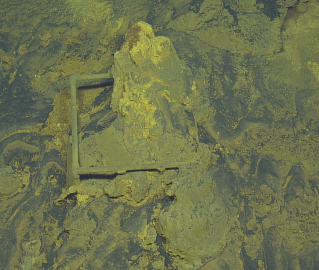What's In the Water? Knowing Our Ocean with eDNA
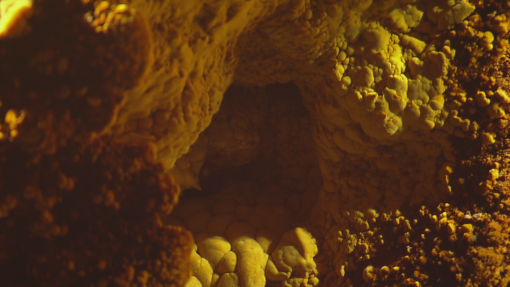
By Lead Science Communication Fellows Jenny Woodman and Amber Hale
Originally published on www.proteusscicomm.org
All organisms shed cells. Just as you constantly slough skin cells, creatures in the ocean also leave traces behind, from enormous blue whales to deep sea corals to tiny microbes living at hydrothermal vents. These cells contain DNA, the molecule responsible for carrying genetic information for all living things.
Remains of an organism’s genetic material can tell scientists about the overall health of the ecosystem and the inhabitants. Environmental DNA or eDNA is an emerging area of study that may help researchers to better know the ocean and its inhabitants. eDNA is a DNA sample collected via an environmental medium such as soil or water; by examining the genetic traces left behind in that medium, scientists can study creatures without direct contact. This has been extremely useful for studying species that are particularly difficult to collect samples from such as orca whales or deep sea corals.
In the ocean, eDNA collection relies on water sampling in close proximity to specimens of interest. The sloughed cells from a species like a deep sea coral are pulled in with water samples, and those cells contain small amounts of DNA from the corals nearby. By amplifying sets of specific DNA sequences, coral biologists can use the small amount of eDNA captured in the water sample to identify the coral by its genetic fingerprint. This non-invasive technique could replace physical sampling for any species for which this technique is validated.
Coral sclerites imaged with a scanning electron microscope. Image Credit: NOAA NW Fisheries Science Center
Deep sea coral biologists have long been limited by the fact that physical specimens must be collected to make a species-level identification and taking coral samples, even prudently, is somewhat invasive. To make a species-level identification, the ultrastructure of the coral skeleton, specifically the sclerites, must be visualized by a scanning electron microscope. To minimize sampling, coral biologists have been searching for a new way to accurately identify corals to the species level.
Carol Stepien on board the Research Vessel Tatoosh deploying a device for sampling water for eDNA in the Olympic Coast National Marine Sanctuary. Image Credit: NOAA/Kim Andrews
Today, eDNA sampling is changing the way corals and other sea life are identified, and this technology may prove invaluable in future research. With only five percent of the world’s ocean explored, to some it is a race against time to learn as much as we can before some biodiversity is lost forever.
Carol Stepien is the Ocean Environment Research Division leader at NOAA’s Pacific Marine Environmental Laboratory in Seattle. Her Genetics and Genome Group is working to develop technologies that will help researchers in the future to assess oceanic communities and how, or if, they are being impacted by changes in the ocean using eDNA.
“We know almost nothing about creatures in the ocean,” said Stepien, adding that whole groups of species are being discovered, sometimes daily. “What we know is a drop in the bucket about who is in the ocean, especially when you get into the deep sea.”
To help expand that limited knowledge, she envisions building large DNA databases for species identification.
Stepien’s lab is collecting eDNA samples from Axial Seamount, an active underwater volcano in the NE Pacific Ocean, and from methane seeps along the Oregon and Washington Coast. They are focused on invertebrate communities such as clams and chemosynthetic organisms; her team is collaborating with other researchers who are looking at microbes. Ultimately Stepien hopes to develop genetic markers for DNA sequences that would aid identification through a massive collaboration between government, academia, and scientific institutions.
“We’re in the beginning of a scientific revolution of how to do this,” said Stepien. “It’s going to take a lot of different researchers working together — communicating, publishing, and developing these applications. We’re looking at developing highly diagnostic, fast and inexpensive tools for the future.”
Stepien thinks within ten years we will see something similar to Monterey Bay Aquarium Research Institute’s environmental sample processor (ESP), but with the capacity for eDNA monitoring, using drones and satellite transmission. The ESP instrument is basically a high-tech lab in a can that can be loaded onto an autonomous vehicle and deployed to collect and process samples without returning to land.
We need better records of creatures and organisms in the ocean and eDNA is an exciting tool because you don’t need to disturb the habitats or the sea life, according to Stepien. She sees a future where technology and scientific ingenuity are going to allow us to understand what is happening in the ocean in real time — problems like ocean acidification and hypoxia could be studied in situ without disturbing the ecosystem.\
Her enthusiasm for the subject is contagious when she starts to talk about what is possible today and what we’ll be able to to in the future. You’re able to start to focus and solve problems I never even dreamed of when I was in grad school,” Stepien said. “It is very fun and exciting as a scientist — I’m having such a good time working on this.”
Jenny Woodman, Proteus founder and executive director, is a science writer and educator living in the Pacific Northwest; she is a 2018 lead science communication fellow for Ocean Exploration Trust.
Dr. Amber Hale is an assistant professor of biology at McNeese State University in Lake Charles, Louisiana. She uses molecular biology techniques in non-traditional model organisms. She is passionate about STEM education and science communication in her community and is a 2018 lead science communication fellow for Ocean Exploration Trust.
Read more
Environmental DNA – An emerging tool in conservation for monitoring past and present biodiversity by Philip Francis Thomsen and Eske Willerslev
Self-driving robots collect water samples to create snapshots of ocean microbes by University of Hawai‘i and MBARI
The Power of ‘Environmental DNA’ For Monitoring Whales by GrrlScientist
Why We Need to Protect Deep Sea Corals Now by Sandra Brooke
Deep-Sea Coral Habitat by NOAA Fisheries
Deep-Sea Coral Protections Storymap by NOAA Deep Sea Coral Research & Technology Program Data Portal
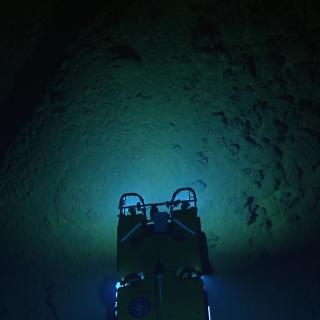
Kamaʻehuakanaloa (formerly Lō`ihi Seamount)
This expedition marks the beginning of the multi-year SUBSEA (Systematic Underwater Biogeochemical Science and Exploration Analog) Research Program, a partnership between NASA, NOAA, and various academic centers. Bringing together both ocean and space exploration teams aboard E/V Nautilus, SUBSEA blends ocean exploration with ocean worlds research to address knowledge gaps related to the habitability potential of other planets in our Solar System.
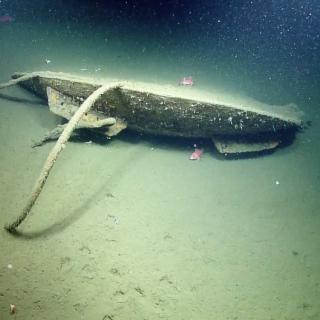
Cordell Bank National Marine Sanctuary
Continuing north along the California coast to Cordell Bank National Marine Sanctuary (CBNMS), offshore the San Francisco Bay Area, Nautilus will visually survey deep-water habitat that has never been explored and characterize habitat, species, and communities.
